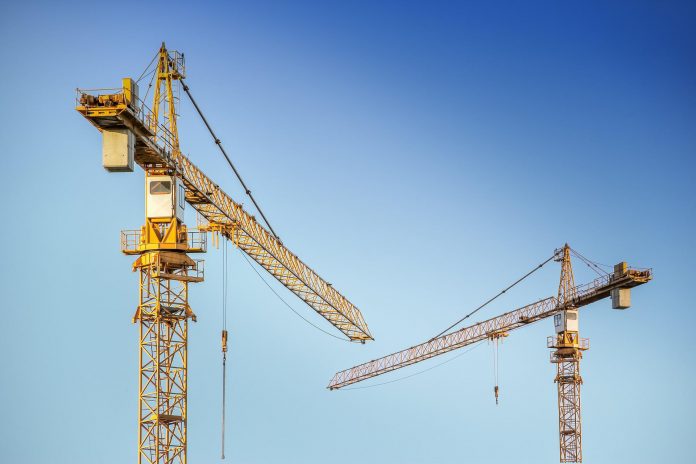In 2021, G7 leaders announced plans to develop a collective global infrastructure plan. At their 2022 summit this weekend they set out some details of that $600bn programme.
Since the G7 announced last year that it would bring forward plans for a collective infrastructure programme to support international development, a lot has happened. Russia has invaded Ukraine, the EU announced its own international development Global Gateway programme, and the USA passed its huge internal build back better budget.
So with a great deal of attention being paid to both domestic and foreign developments, the return to the G7 infrastructure plan in 2022 with announcements of $600bn was an indication this remains a priority. Often cast as a counter-weight to China’s Belt and Roads programme, we take a look at what is in the new plan.
$600bn over five years
The headline for the programme is the announced $600bn of investment it will generate. This includes $200bn from the USA as the largest contributor, along with around $300bn from European members of the G7.
That money will be invested over five years but it is also dependent on significant private finance being raised because much of the money is not provided directly by the national Treasuries.
For pillars for investment priorities
The programme has four pillars that will guide decisions over investments. The first of these is climate change and energy security, with a focus on sustainable energy generation around the world and sustainable sourcing of the materials involved.
The second pillar is communications, with a likely focus on developing 5G and 6G digital connectivity around the world, while the third pillar will be gender equality and equity – identifying programme that improve economic and health opportunities for women.
The fourth pillar will be global health security, with a need to upgrade the infrastructure behind global healthcare and services, including vaccine manufacture and disease surveillance.
Project announcements
With the plans for the new programme developed over many months, a number of projects have been announced already.
The USA announced a contract with the government of Angola to develop a $bn solar project in four southern Angola provinces, spanning solar mini-grids, solar cabins with telecommunications capabilities, and home power kits.
$320m has been awarded for a healthcare infrastructure project to renovate or construct over 100 hospitals and clinics across Côte d’Ivoire. This projects has already seen work begin in ten locations.
$14m of technical assistance grants from the USA, EU, the European Investment Bank and other bodies will be provided to Institut Pasteur de Dakar (IPD) for early-stage project development for an industrial-scale flexible multi-vaccine manufacturing facility in Senegal.
U.S. telecommunications company SubCom has been awarded a $600m contract to build the Southeast Asia–Middle East–Western Europe six submarine telecommunications cable that will connect Singapore to France through Egypt and the Horn of Africa via a submarine cable stretching over 17,000km.
$2bn is expected to be mobilised for Southeast Asia’s Smart Power Program to decarbonise and strengthen the region’s power system by increasing regional energy trade, accelerating the deployment of clean energy technologies, and actively engaging private sector leaders and key development partners in shared priorities.
Industry response
Dr Nelson Ogunshakin OBE, the chief executive of international infrastructure body FIDIC, welcomed the announcement.
He said: “The G7 leaders statement does show the right ambitions for global infrastructure and is another big step in addressing climate change, global poverty and sustainable development. But the need for credible project pipelines must also be developed in parallel with the urgent need for capacity building of the national delivery agencies, supply chain, and adoption of standard procurement process, such as FIDIC standards Form Contracts which is widely adopted by almost all MDBs, to ensure capital projects investment are well structured, in the emerging countries where the infrastructure needs are much greater.”
“Based on our global footprint in over 100 countries and access to 40,000 engineering firms, FIDIC would be open to dialogue with the G7 and their MBDs partners to mobilise the consulting engineering industry to support this initiative to significantly increase the bankable green investable infrastructure projects.”


















